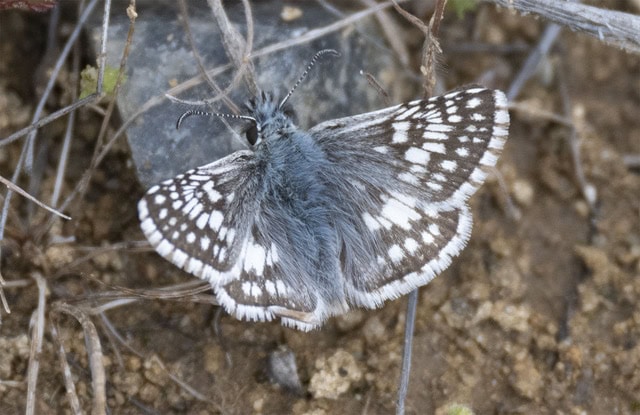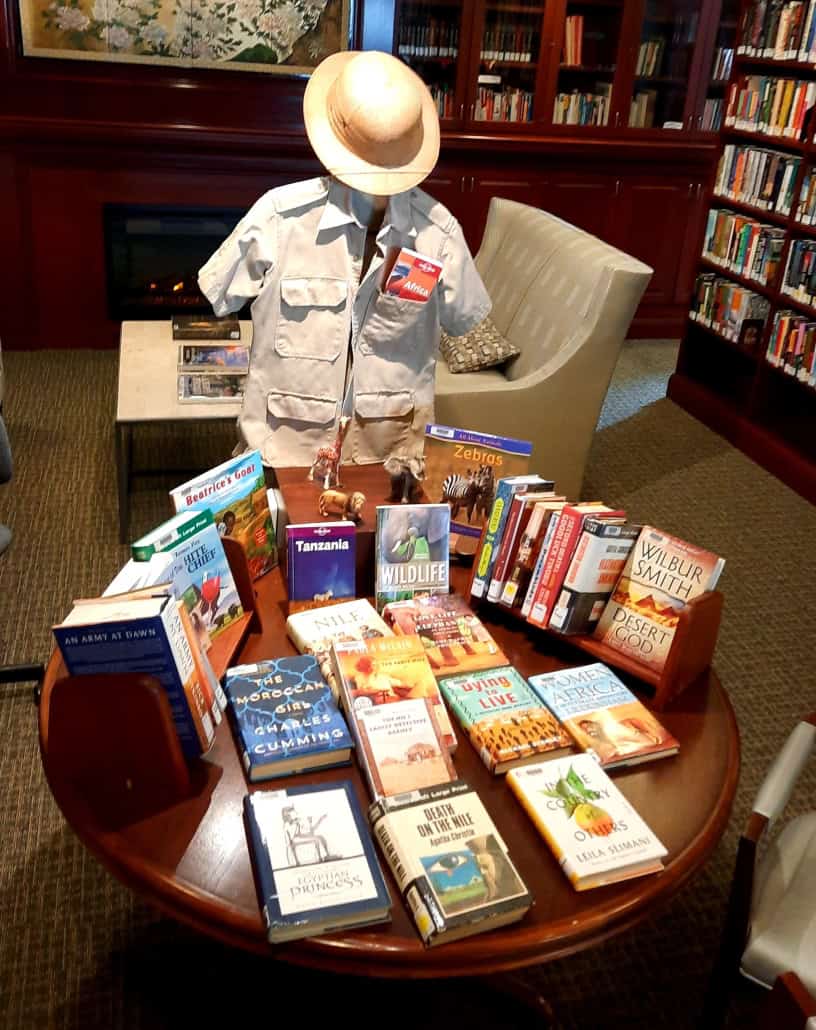(Nit Wit Newz is an unauthorized, often unreliable, on-line news source designed to keep Manor residents abreast of the inconsequential, trifling and superficial events that dramatically shape and inform our everyday lives here at Rogue Valley Manor.)
CLARA, IRIS, AND MAUDE
Iris: Clara, Clara, over here. It’s me.
Clara: Oh, hi Iris, it’s been awhile. What’s going on?
Iris: I’ve been looking all over for you. It’s these darn neck wrinkles of mine. They’re just getting horrible. Didn’t you say you had a way to get rid of them?
Clara: Yeah, I thought I did but it didn’t work. I’ve just resigned myself to living with them. I think it’s in our genes. So, what’s up?
Iris: Well, it’s Tom. He hasn’t been around for weeks. And I think it’s these wrinkles of mine that have turned him away. I miss him. I really miss the way he’d fan those tail feathers of his whenever he came near me. Oh, that plumage—que magnifico!
Clara: Iris! If you haven’t noticed, he flaunts those feathers whenever he gets near a female. Tom’s a full-fledged, fancy-feathered flirt.
Iris: Oh, I know, I know, but I think his fanning in front of me is just a little bit more special than what he shows off to the other girls.
Clara: Sure, sure. But you know what? I don’t think it’s your wrinkles, Iris. Something’s going on around here. Haven’t you noticed lately that our numbers have been dwindling?
Iris: Hmm, not really, but now that you mention it, I have noticed that there’ve been some limb vacancies at night in my cedar tree.
Clara: Boy, I hope it’s not true, but I think maybe those Manor big wigs have decided to—how do they say? —-thin the herd.
Iris: Oh, no. They’re crazy about us here. They show us off to their new prospects; the residents’ grandkids like to chase us around; their leashed dogs can bark at us and pretend they’re protecting the owners; they wake up every morning to our soft, melodious gobbling; and the management really love our slow, oblivious strolling up and down the streets keeping cars poking along at 15 mph. Hey, we’re a valued part of this community and they know it.
Clara: Yeah, well maybe, but how do you explain our vanishing family and friends?
Iris: Look Clara, if you want more proof that they appreciate us: Haven’t you noticed that ever since we put in that work order a few weeks back, the sidewalks around here are a lot cleaner. They’re not perfect yet, but at least you don’t have to watch every single step you take so you don’t step into something, I don’t know what they’re doing, but whatever it is, I hope they keep doing it.
Clara: Yeah, let’s hope so, but what about this sudden invasion of those skinny, cut-out coyotes-on-sticks? Exactly who do you think they’re trying to scare off?
Iris: I don’t know why they’re here, but I do know that the one on the corner of Pear Tree and Shannon Drive is kind of cute.
Clara: Yeah, well here’s what’s worrying me: I think there’s some sort of major foul, fowl play going on here. Worse, it could be—are you ready for this— avian genocide!
Iris: Clara, what in the world are you talking about?
Clara: You saw what happened down at the lake last spring. Dozens of mallards were living down there. Now it’s just ten, maybe twelve. We’re talking starvation, Iris! They put up a couple of “Don’t Feed the Wildlife” signs. That cut their food supply chain right then and there. You hardly hear a quack at the lake anymore.
Iris: Oh dear, I wasn’t aware… but how do you explain those geese over on the ninth hole at the golf course, they seem to be happy as larks. Talk about birds of paradise, they’ve got lakes, fountains, waterfalls, plenty of green grass, and-except for an occasional errant golf ball, nobody seems to be threatening them.
Clara: Not yet.
Iris: What do you mean by that?
Clara: I just read in “The Gobbler,” that the ninth hole at the Quail Point course was scheduled to be torn up. The Manor’s going to build a bunch of new housing units there. Do you think the new residents are going to stand for having a gaggle of geese hanging out in their front yards twenty-four hours a day? I don’t think so. Look, they’re shutting down bird-dom as we know it. This place is going to be a No-Fly zone.
Iris: A what? A No-Fly zone? Can’t those things start world wars or something? Look, Clara, I don’t mean to be rude, but talking to you is just too depressing. I’ve other important things on my mind to…. Oh, there’s Maude. Maude, Maude, yoo-hoo! It’s me, Iris.
Maude: Hi Iris, nice to see you. How’s Tom?
Iris: Oh, don’t ask, sweetie, it’s a sad story, but I do have a question for you.
Maude: Sure, what is it?
Iris: Your veterinarian, does he do surgical cosmetology?
—A. Looney
To go to the issue contents page (“What’s New”) CLICK HERE
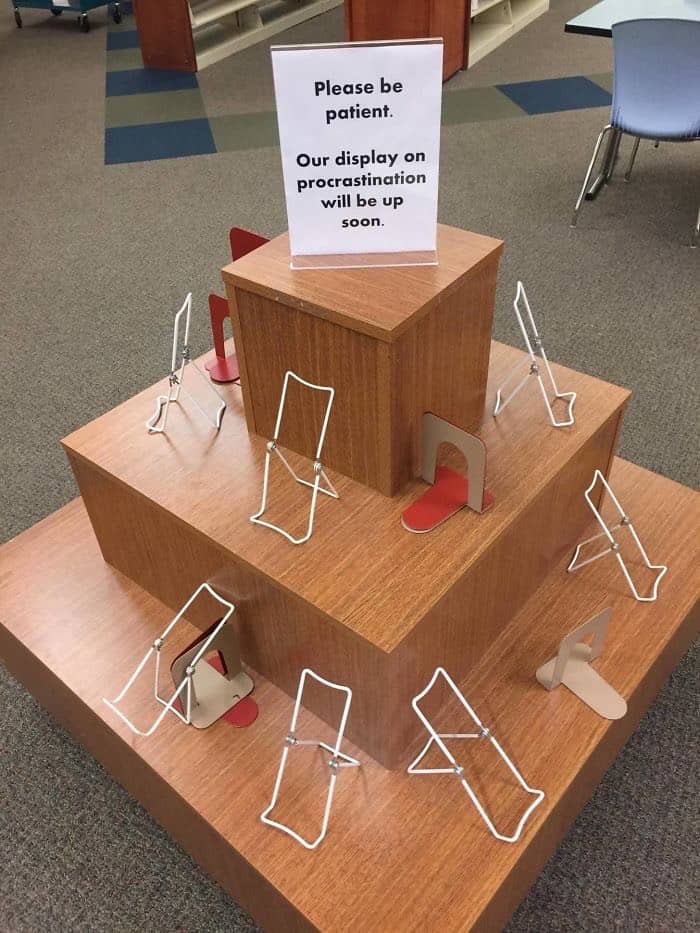


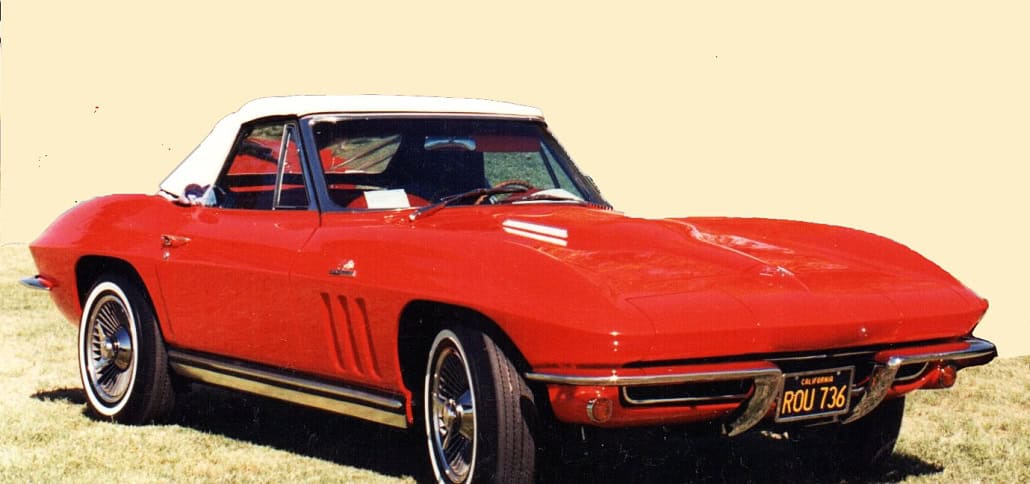



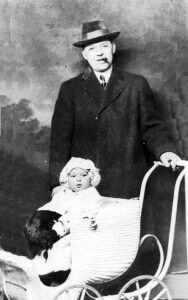
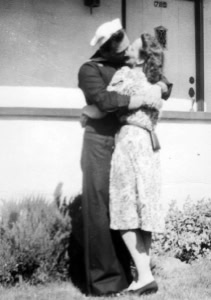
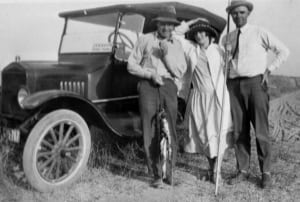
 African elephants are the largest land mammal, weighing up to 6 tons. They are 2.4 times the size of Asian Elephants and have never been domesticated to work for humans (as have Asians.) This book is an almost spiritual story of a family of seven rogue African elephants, slated to be shot.
African elephants are the largest land mammal, weighing up to 6 tons. They are 2.4 times the size of Asian Elephants and have never been domesticated to work for humans (as have Asians.) This book is an almost spiritual story of a family of seven rogue African elephants, slated to be shot.
